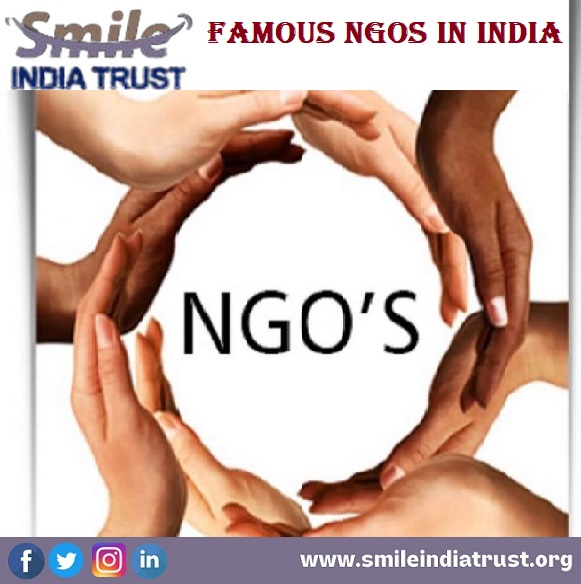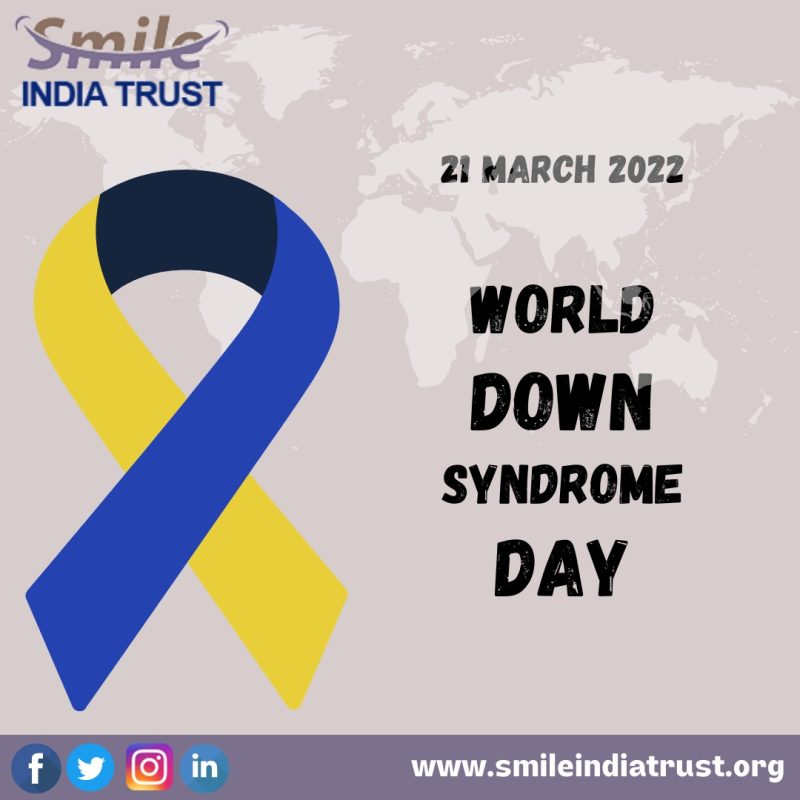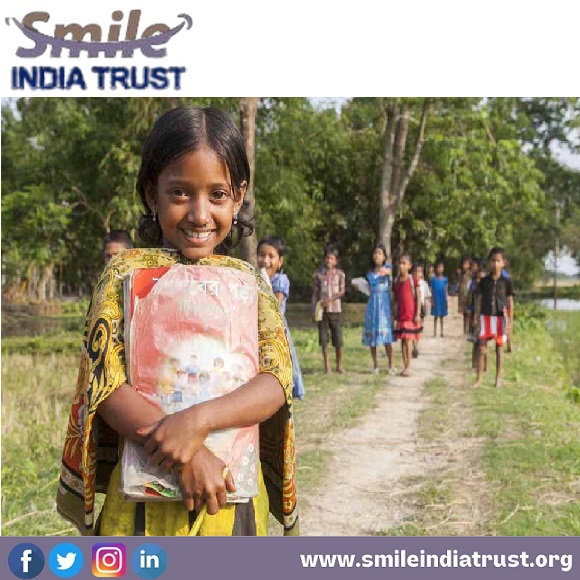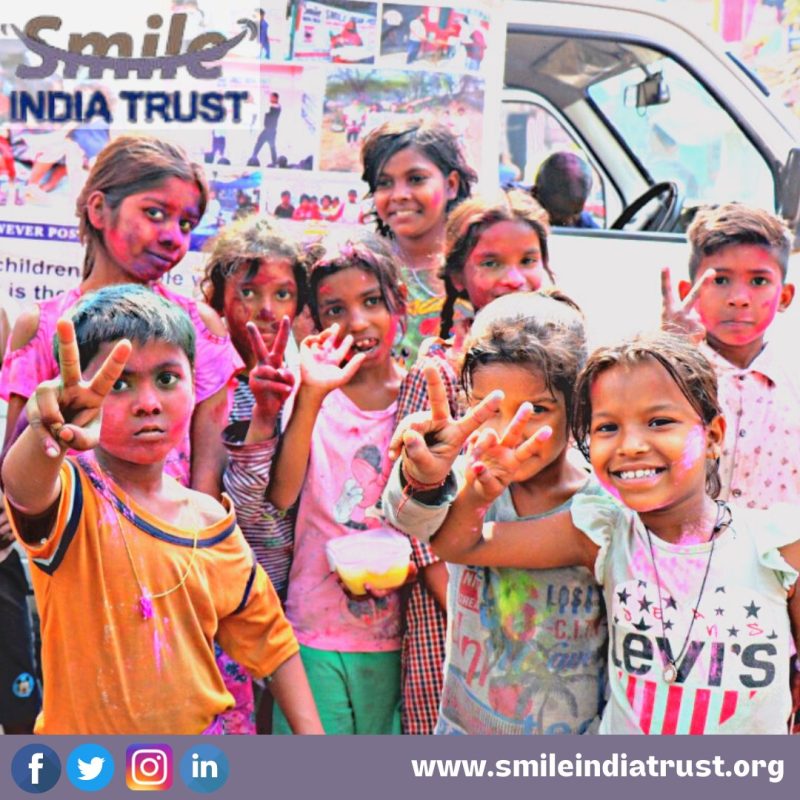One of India’s main public health issues is tuberculosis. About 220,000 people die from tuberculosis in India each year, making it a serious public health issue. India is home to the greatest tuberculosis pandemic in the world, according to WHO estimates. Smile India Trust famous NGOs in India on World Tuberculosis Day, relies on one […]
Monthly Archives: March 2023
We can pretty much guarantee that everyone has seen the film TaareZameen Par. The film’s clear message is that every child is unique and special in their own way and that children are the stars of the world. We all are busy in mocking others when we see they are different from us. However, we […]
The world is a wonderful place to live. It is the best present, which is given to humans. As a result, it is our responsibility to safeguard our planet’s elegance and honesty. Childhood is a fortunate aspect of both human life and the world.NGO Smile today is discussing about child abuse horrifying wound on these […]
Children, adults, wealthy people, and those who aren’t so wealthy can all participate in the festival of Holi. This day, we commemorate Radha and Krishna’s unwavering love and the victory of good over evil. It is a time for celebration as it ushers in spring and the start of the spring harvest. Smile India Trust […]
In the difficult times of people living in slums, we got the chance to save our society and work for needy people to spread the bliss of giving love. In this new year, we started with a change for the youth of our country by educating kids in our rehab, free distribution of nutritional food, […]




